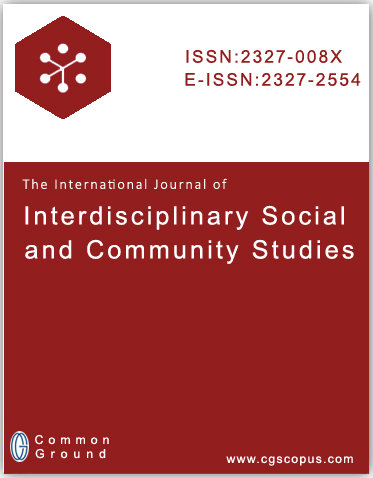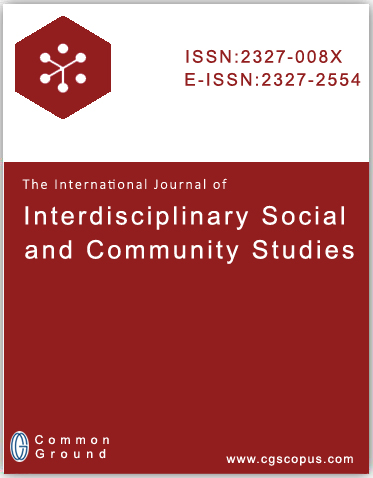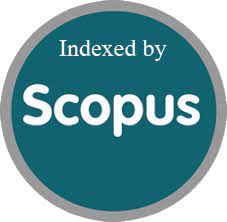RESEARCH PAPER: A CRITICAL REVIEW ON CARDIOVASCULAR DISEASE AND ITS INTER-RELATION WITH PARTIAL DIFFERENTIAL EQUATIONS TO UNDERSTAND ISSUE AND SUGGEST PREVENTION
DOI:
https://doi.org/10.18848/tmg6pe57Abstract
Developing complex mathematical models helps to offer a more full knowledge and prevention of the repercussions of cardiovascular diseases (CVDs), which yet remain a primary worldwide cause of death. Strong models of arterial stiffness, blood flow patterns, cardiac electrophysiology, and cardiac dynamics are partial differential equations (PDEs). Underlined in the critical assessment is the relevance of the link between PDEs and CVDs, of which the diagnosis, treatment, and disease prevention depend largely. This work investigates present mathematical models to show how the introduction of PDEs improves simulations of haemodynamic function, therefore providing early identification and tailored treatment options. Combining PDE-based models with modern imaging technology based on MRI and CT scans yields much better diagnosis accuracy and treatment efficacy. Moreover, this work underlines the main challenges with PDEs, which are essentially associated with computational complexity and data integration. Future studies underline the great relevance of PDE models in the evolution of real-time clinical applications and the enhancement of expected accuracy. Understanding mathematical ideas of cardiovascular health helps one to create non-invasive, data-driven preventive programs combining pragmatic application with theoretical ideas. This paper underlines the necessity of multidisciplinary teamwork in improving patient outcomes and cardiovascular research results.










